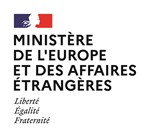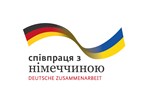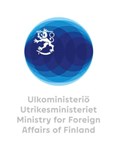
Ukraine TEST
DRC has been in Ukraine since 2014 and has expanded operations significantly since 24 February 2022 to deliver lifesaving assistance and emergency responses to people affected by the war. Furthermore, DRC is one of the key partners to national authorities to address needs for risk education, demining, and removal of explosive remnants of war.

Displacement trends
Source: | DRC Foresight
Displacement Trends
Definitions
EDPs: Refugees under UNHCR’s mandate
IDPs: Internally displaced persons
Asylum seekers: People whose claims for refugee status have not yet been determined
Stateless: People not considered as nationals by any State
HST: People living in Host Communities
OIP: Others in need of International Protection
OOC: Others of Concern
Forecast
DRC forecasts are based on a machine learning tool that has been developed to predict forced displacement (IDPs, refugees and asylum seekers) at the national level 1-3 years into the future.
Why we are there
Since 24 February 2022, a military offensive launched by the Russian Federation in Ukraine has driven millions of people from their homes in search of safety, protection, and humanitarian assistance within Ukraine, in neighbouring countries, and beyond in wider Europe.
The conflict in Ukraine has caused the world’s fastest-growing displacement crisis since World War II and will require continued urgent responses to immediate humanitarian needs as well as investment in recovery and reconstruction.
What we do
DRC’s coordination structure around the Ukraine crisis response is adjusted and reinforced to provide for sufficient attention to all elements of engagement. This includes a continued, adapted response in Ukraine, engagement in neighbouring countries, wider Europe, and in Denmark.
DRC as such applies a holistic programmatic approach in its Ukraine crisis response.
Currently, continuing to contribute to the emergency responses, DRC is developing strategies to respond to needs in Ukraine in the longer term, with activities in four out of five DRC core sectors:
Working in collaboration with


European Civil Protection and Humanitarian Aid Operations

EU's Instrument contributing to Stability and Peace

French Ministry for Europe and Foreign Affairs’ Crisis and Support Centre

Foreign, Commonwealth and Development Office

German Federal Foreign Office

Howard G. Buffett Foundation

Ministry for Foreign Affairs of Finland

Office of Weapons Removal and Abatement in the U.S. State Department's Bureau of Political-Military Affairs

Swiss Agency for Development and Cooperation

Swedish International Development Cooperation Agency

UN Refugee Agency

Ukraine Humanitarian Fund

United States Agency for International Development
